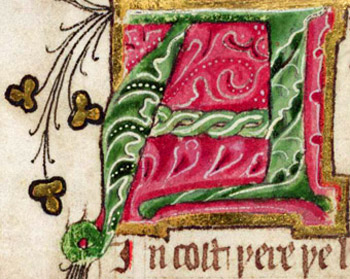Capystranus
General Information
Plot Summary

After a brief description of Christ’s resurrection and Charlemagne’s victories against the pagans, the poem introduces the Turkish Sultan Mohammed, who lays siege to Constantinople. The outnumbered Christian inhabitants resist his attacks, but their Emperor is captured and, when he refuses to renounce his faith, tortured and killed. The Turks take over the city, martyring many Christians and terrorising the surrounding lands.
The news reaches John Capystranus, a friar, who hastens to Rome and informs the Pope of Mohammed’s atrocities. At his urging, the Pope agrees to begin a holy war and invites Capystranus to choose a captain. The friar asks the Pope to bless a crucifix banner and issue a bull granting salvation to those who die in battle: these, he insists, will be his captains. John leaves Rome barefoot and travels towards Hungary, displaying the banner and preaching. Many join him or give him treasure, and all of Rome prays for him. When he reaches Hungary, John makes his way to a university, where his army is swelled by thousands of clerics and priests. Now 20,000 strong, the army consists of men from many different countries, a Hungarian Earl called Obedianus, and only two knights: an Englishman called Richard Morpeth and Sir John Black, a Turkish convert to Christianity. They travel to Belgrade, which is being besieged by Mohammed’s troops. On the feast of Mary Magdalene Capystranus absolves his army, promising them salvation, then starts the attack. Obedianus, Morpeth and Black all fight fiercely. Thousands of priests strike down Turks while singing the Te Deum, and schoolmasters destroy those who will not learn their lessons.
They fight through the night, but when Turkish reinforcements arrive the exhausted Christians retreat into the city. Obedianus, Morpeth and Black are all wounded, and the Turks breach the walls, slaying men, women and children. Capystranus climbs a tower with his holy banner, calling on God to help the beleaguered Christians, threatening to renounce his faith and invoking other occasions when armies have been saved by miracles. His cries are heard for a mile around, and suddenly thousands of dead soldiers rise up and resume fighting. Obedianus drives the Turks out of the city, but the arrival of more Turkish troops prevents him from defeating them completely.
A new battle begins, and much blood is shed. Inspired by Christ, the Christians fight fiercely, apparently gaining the upper hand. [The poem is incomplete].
From: Stephen H. Shepherd, ed. Middle English Romances. New York, Norton & Co. 1995.
Early Print: London: Wynkyn de Worde, 1515. STC (2nd ed.), 14649.